Top 10 People Who Made a Deal with the Devil
What are you willing to give up to achieve fame and wealth? Perhaps you are not interested in material stuff and would much rather have access to obscure and ... read more...prohibited knowledge? Or perhaps you aspire to possess superhuman abilities that would set you apart from your contemporaries? It is believed that the devil is ready to give you anything you need, and all he asks in return is one poor soul. Today, let's look at a few individuals who might have accepted the offer and put their names on the dotted line.
-
A “Faustian bargain” is a negotiation in which a party is prepared to give up something of the utmost moral or spiritual value in exchange for advantages or goods. It is based on the German myth of Faust, a learned man who exchanged his soul for limitless access to knowledge and pleasures of this life. The story is nearly 400 years old, yet because of several films, literary, and musical adaptations, it is still well-known today.
But what about the myth's real-life subject? Johann Georg Faust, a German theologian and alchemist active in the early 16th century, served as the inspiration for the mythology. Most people appeared to agree that he dabbled in dark magic, while some accused him of being a charlatan while others claimed he was a necromancer.
Faust passed away c. 1540. A brochure outlining his evil behavior was afterwards written, distributed, and became so well-liked that it quickly spread across Europe. A few decades later, English playwright Christopher Marlowe acquired one of these pamphlets. He was moved to pen the play Doctor Faustus, the first of many masterpieces based on this myth, which solidified Faust's reputation as the most infamous person to have struck a pact with the devil.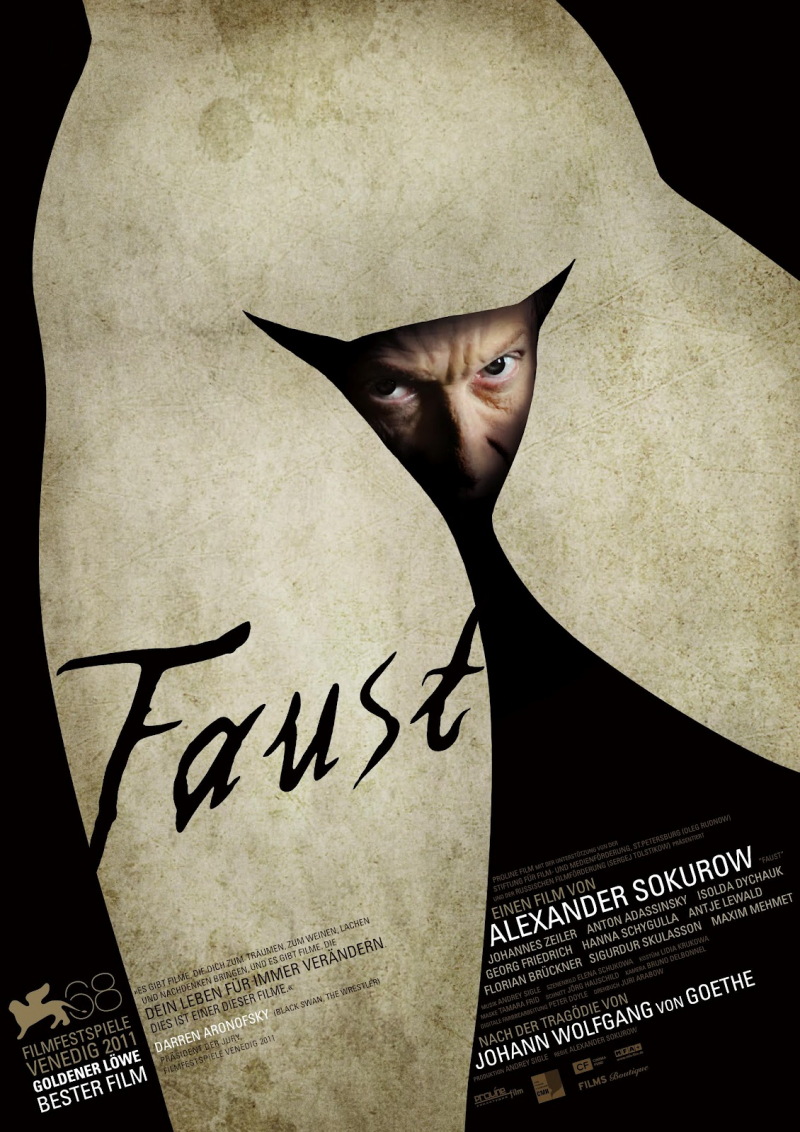
https://www.roxie.com 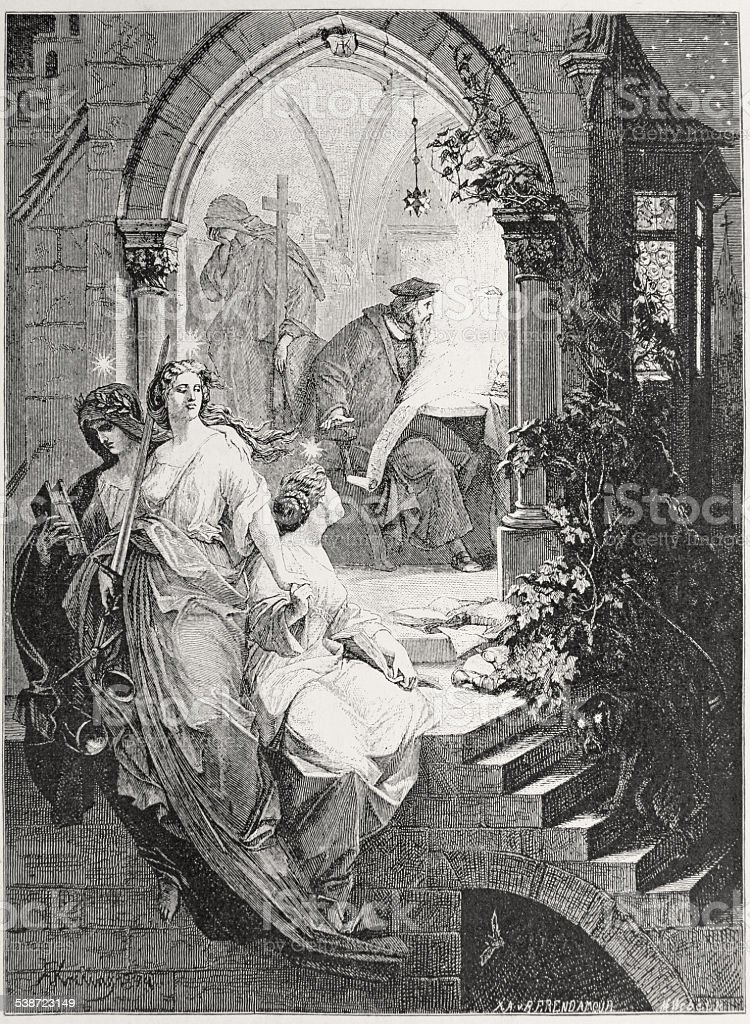
https://www.istockphoto.com/ -
Here, two blues musicians are involved in a situation akin to that of the two violinists. Robert Johnson's life story is well-known and well-liked. He began playing blues at the age of 19, although his abilities were not particularly impressive. But after appearing to vanish for a few years, he returned as a master and is still regarded as one of the most important blues musicians in history.
People thought Johnson acquired his extraordinary talents by unethical means, by bargaining his soul at the crossroads for unfathomable genius. The devil then fulfilled his end of the bargain when he passed away at the young age of 27.
This idea was undoubtedly implied by several of Robert Johnson's best successes, including "Cross Roads Blues," "Hell Hound on My Trail," and "Me and the Devil Blues," and they showed that the musician wasn't against his wicked reputation.
He wasn't the first, though. Tommy Johnson, a different blues musician who gained this notoriety a few years earlier, was the rightful owner of that distinction. Not only that, but he claimed to have learnt his music from the devil and aggressively promoted it. However, Tommy Johnson did not pass away at a young age, which is presumably why Robert Johnson came to be more intimately identified with the mythology.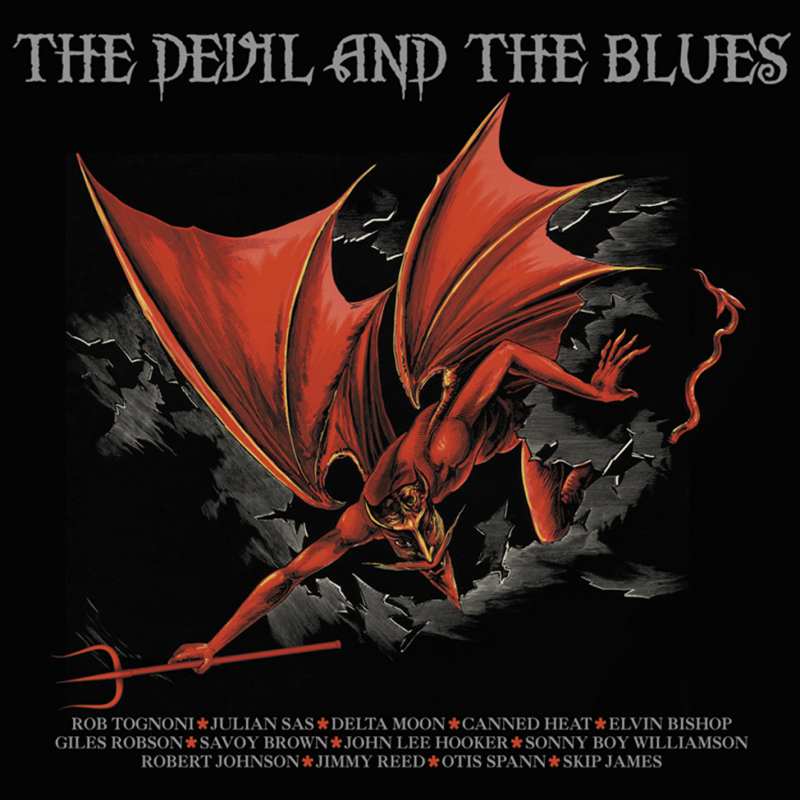
https://mvdb2b.com/s/ 
https://www.thegreatfroglondon.com -
There is no need for an introduction to the term "Frankenstein," but in this instance, we are not discussing Mary Shelley's famous creation, but rather the actual Castle Frankenstein and the actual crazy scientist who hid inside. He lived in Castle Frankenstein in the late 17th and early 18th centuries, and his name was Johann Konrad Dippel. Dippel was once a theologian, but eventually became obsessed with alchemy. He allegedly experimented with cadavers to conduct soul transference while also attempting to create the elixir of life.
The local peasants were horrified and disturbed by tales of his experiments, but even his contemporaries were turned off by Dippel and his work. The local peasants were horrified and disturbed by tales of his experiments, but even his contemporaries were turned off by Dippel and his work. Emanuel Swedenborg, a contemporary and one-time friend of his, denounced him as a "very nasty fiend... who attempted bad things." Nothing was off limits for Dippel, so it's not surprising that others thought he eventually sold his soul to the devil in search of the most occult knowledge.

https://www.pinterest.com/ 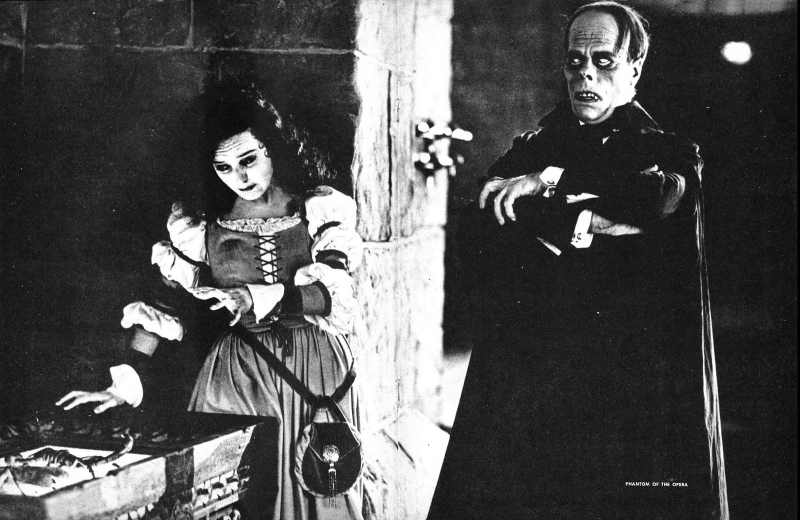
https://monstermagazineworld.blogspot.com -
The person most likely to have been working with the devil out of everyone on this list was Gilles the Rais because of how horrible his crimes were and how clear-cut his depravity was. The aristocrat Gilles de Rais, who was first celebrated as a hero of France for his participation in the Hundred Years' War—during which he fought with Joan of Arc—lived a hidden and horrifying second life in which he delighted in torturing and killing children.
De Rais was apprehended in September 1440 after a murdering rampage that lasted almost ten years and may have claimed over 140 people. De Rais and several of his subordinates and accomplices both admitted to their heinous crimes during his trial, however these admissions were obtained by torture.
In addition to the killings, Gilles de Rais acknowledged practicing Satanism by constantly calling upon the devil and his demonic henchmen. The aristocrat offered the blood and organs of his victims in exchange for knowledge and control over the dark arts, but he refused to sell his soul.
Gilles de Rais was labeled "a heretic, an apostate, a sorcerer, a sodomite, an evoker of evil spirits, a diviner, a murderer of innocent children, a criminal, a backslider and an idolater who has diverged from the religion and who is illy disposed of it," by the inquisitors who oversaw the trial. Unsurprisingly, he was put to death for his crimes, albeit there are still unanswered issues about his guilt.
https://bookpalace.com/ -
Black magic and witchcraft were a bit of a fascination for King James VI and I of Scotland and England. He even produced his own dissertation on necromancy, titled Daemonologie. When a tempest at sea threatened his wife, Anne of Denmark, in 1589, the king was convinced that these "contrary winds" were the effect of witchcraft. As a result, during the late 16th and early 17th centuries, there was a dramatic increase in both the quantity and intensity of witch trials.
The most infamous of these were the North Berwick trials, which lasted for two years and resulted in the accusation of witchcraft against more than 70 individuals. They considered two of them to be ringleaders. Agnes Sampson, a healer, acknowledged to more than 50 accusations of witchcraft, and John Fian, a local schoolteacher, admitted to striking a deal with the devil and serving as a register and scholar for many aspiring witches in the area. Naturally, both confessions were gained under severe torture, and both of the accused were ultimately put to death for their crimes.
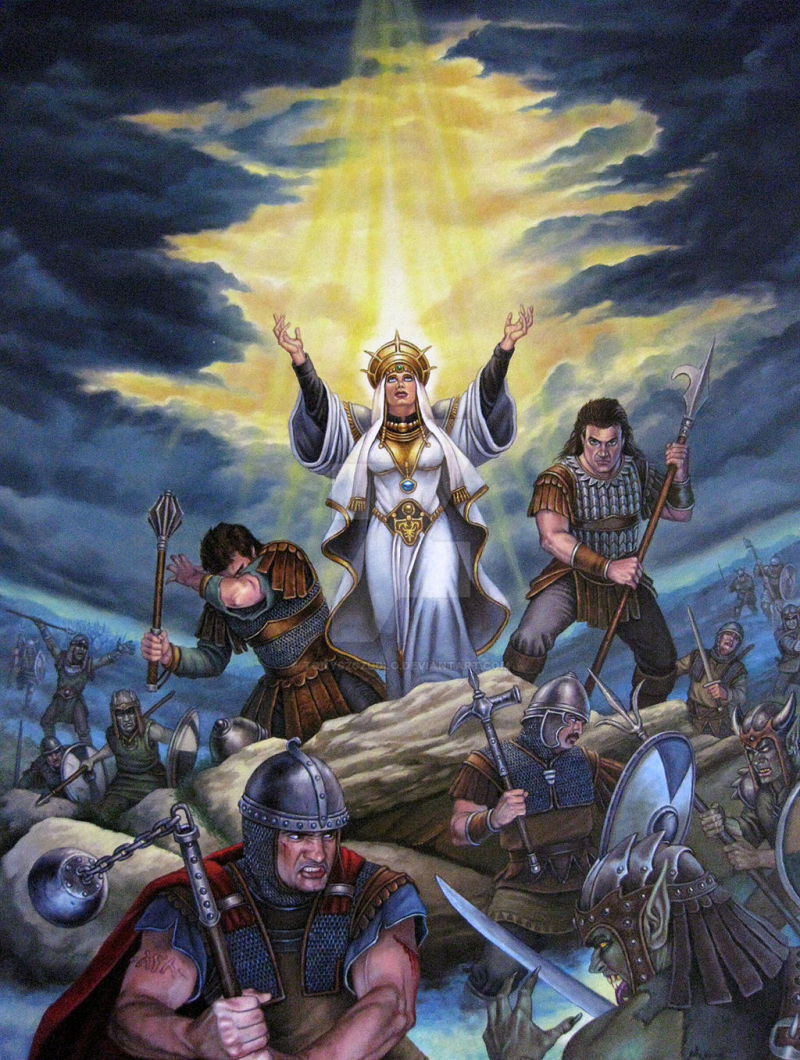
https://tvscorecards.com/ 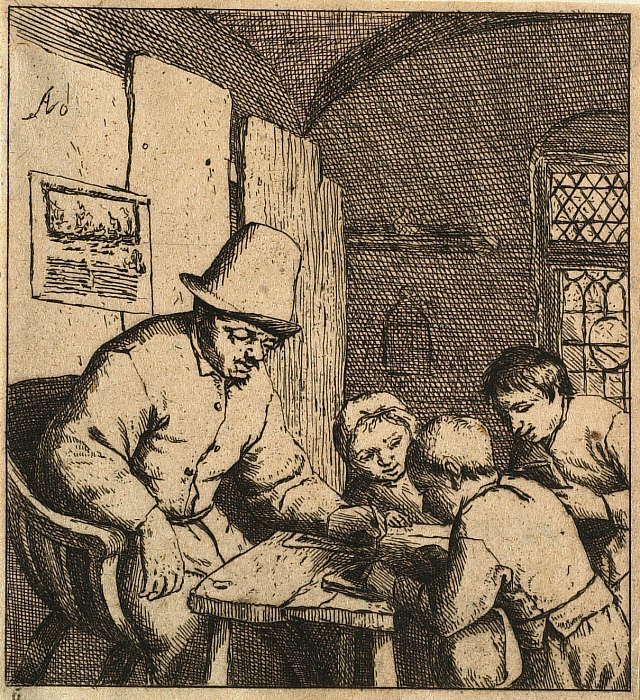
https://www.clarkart.edu/ -
Although mostly forgotten now, the French composer Philippe Musard played a significant role in making classical music more accessible to the general public. He believed that such musical performances shouldn't be limited to operas and theaters, which were primarily accessible to the higher classes. As a result, he began organizing promenade concerts, which were inexpensive and held in public spaces.
Musard, who was also a composer, frequently combined his own compositions with well-known and well-liked motifs from other composers. Dances that were performed quickly were galops, quadrilles, and of course the can-can. Musard's performances were extremely well-liked by the working class, and his concerts evolved into the focal points of the biggest parties in Paris. Naturally, not everyone enjoyed such hedonistic entertainment, and soon accusations circulated that the composer was working with the devil and was trying to convert the moral citizens of Paris to a life of wickedness.

https://www.pinterest.com 
https://www.washingtonpost.com/ -
A number of popes have been accused of being unholy and of committing various sins; one of them was even charged with striking a deal with the devil. Pope Sylvester II, once known as Gerbert of Aurillac, has that distinction. Gerbert was a committed student and educator who had a passion for astronomy and mathematics. So when he was elected pope in 999, he utilized his new position of power to advance his agenda. He is credited with spreading the use of the abacus as well as Hindu-Arabic numbers throughout Western Europe. He produced a treatise on Euclidean geometry, had an astrolabe, and collected manuscripts.
But even so, this was well than a thousand years ago, and not everyone appreciated Pope Sylvester's interest in science, particularly when it came to the Arabic-derived mathematical understanding. Rumors spread that Gerbert was a necromancer and sorcerer working for the devil, who not only gave him magical abilities but also assisted him in obtaining the papal throne.
Such rumors were first spread by his adversaries, especially a cardinal by the name of Beno who claimed that Pope Sylvester "died a horrid and miserable death, and in between those dying breaths, he begged his hands and tongue (with which, by offering them to demons, he had dishonored God) to be cut to pieces."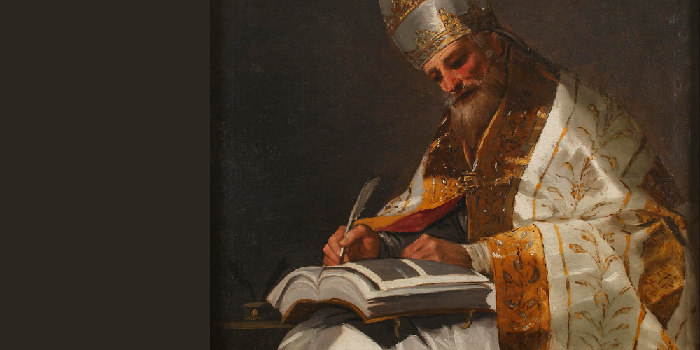
https://www.lepantoin.com/ 
https://www.baynews9.com -
Jonathan Moulton was a colonial American who began the American Revolution as a colonel in the New Hampshire Militia and served as a brigadier general when the conflict was over. When not fighting, Moulton was a wildly successful businessman who gained a bad reputation for his ruthlessness and tendency to coerce, cajole, or threaten people into doing what he wanted. Naturally, his business practices brought him the ridicule of many of his neighbors and the reproach of being a man who traded his soul for limitless riches.
The story has it that before he gave his soul to the Prince of Darkness in exchange for two boots' worth of gold, Moulton was a poor frontier trader. But Moulton, ever the cunning one, even discovered a way to trick the devil by making holes in the floor of his home and the soles of his footwear. Therefore, the boots didn't fill up until Moulton's cellar was filled with coins, despite the devil continuing to throw gold into them.
One of Moulton's pallbearers claimed that just before he was to be buried, his body had mysteriously vanished from the interior of the coffin. There was a bag of coins in his place, indicating that the devil was prepared to make good on his end of the bargain.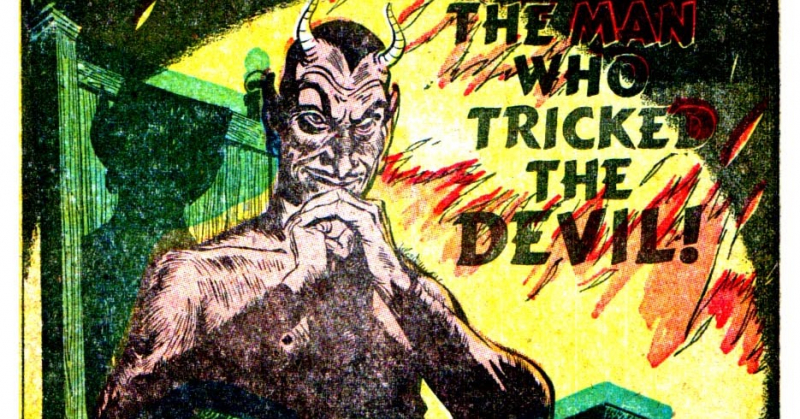
https://thehorrorsofitall.blogspot.com/ 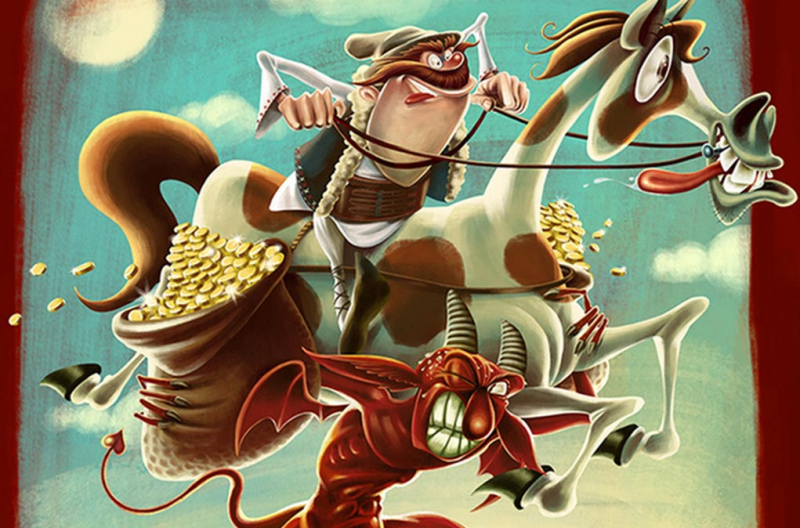
https://www.ancient-origins.net/ -
It has been a common belief for hundreds of years that an artist will trade their soul to the devil in exchange for unholy gifts. A typical example is the Italian violinist Niccol Paganini. It's not really unexpected that people believed his skills were obtained from an unholy source given his extreme dexterity with the instrument.
Before Paganini, however, a different violinist from Italy by the name of Giuseppe Tartini asserted that the devil appeared to him in a dream and performed the most amazing piece of music he had ever heard for him. He described the encounter as follows in an interview:
"I had a dream in the year 1713 that I had entered into a deal with the devil in exchange for my soul. Everything went according to plan, and my new servant anticipated all of my needs. I handed him my violin, among other things, to see whether he could play. How greatly I was surprised to hear a sonata that was so brilliant and beautiful, played with such tremendous artistry and intelligence, and something I had never even imagined in my wildest fantasies.
Tartini attempted to reproduce it when he awoke, and the result was the Devil's Trill Sonata, his most famous composition.
https://open.spotify.com/ 
https://tinderboxcollective.org -
Many of you are familiar with the legend of the Flying Dutchman, a dreadful ghost ship that is destined to sail the seas forever, unable to dock, and functioning as a sign of impending doom for anybody who sees it. Although it's generally agreed that this mythology first occurred in the 17th century, when the Dutch Empire was a major maritime power, its origins are a little hazy. But did a real "flying Dutchman" truly exist?
Although a number of contenders have been put out, one version of the tale centers on Bernard Fokke, a Dutch captain known for the unfathomably quick passages he took between Europe and the Dutch East Indies. As a result, when the captain's ship failed to return after one voyage, everyone concluded that the devil had received his reward and that Fokke and his crew of the damned would henceforth continue to cruise the seas in perpetuity.

https://www.flickr.com/ 
https://www.xrpchat.com































